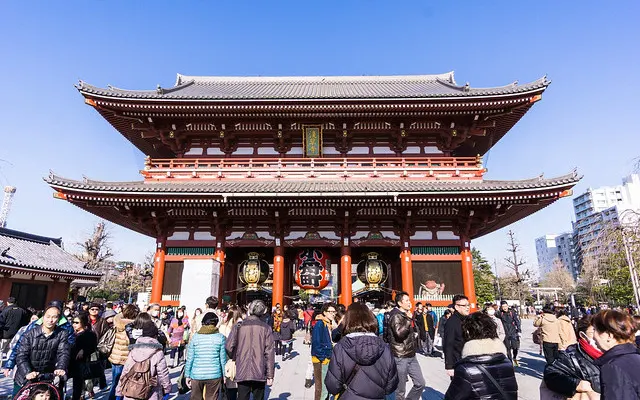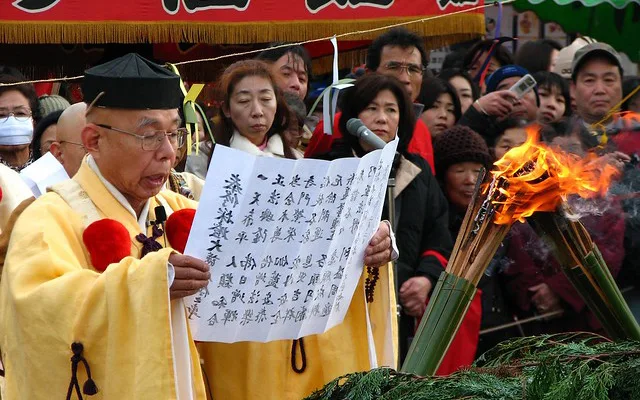What is the Japanese Setsubun festival?
Find out the significance and learn about the historical context of the peculiar Japanese Bean-Throwing Festival.
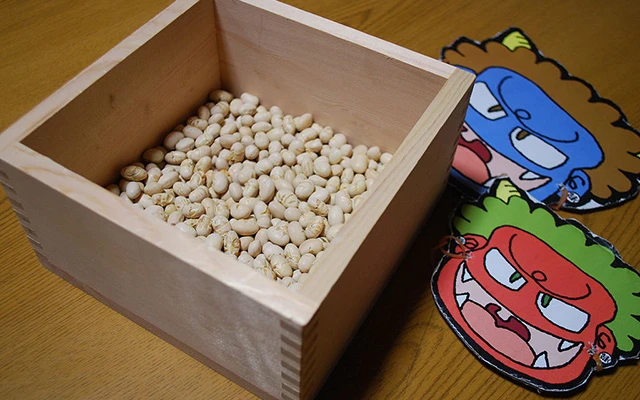
Other Names
- Bean-Throwing Festival
- Bean-Throwing Ceremony
- Risshun
Setsubun no Hi is an annual Japanese festival that indicates the transition between winter and spring. It falls either on the 2nd, the 3rd or the 4th of February according to the Japanese lunar calendar.
Setsubun refers to the period that divides two seasons and “no Hi” indicates the day before the start of the new season. Given that the Japanese culture observes all four seasons (winter, spring, summer, autumn) there are technically four Setsubun. But due to the importance of the New Year in the Japanese calendar, the Setsubun of February (Risshun) which symbolizes the beginning of spring is the most important and it is celebrated to a great extent.
Getting rid of the evil spirits
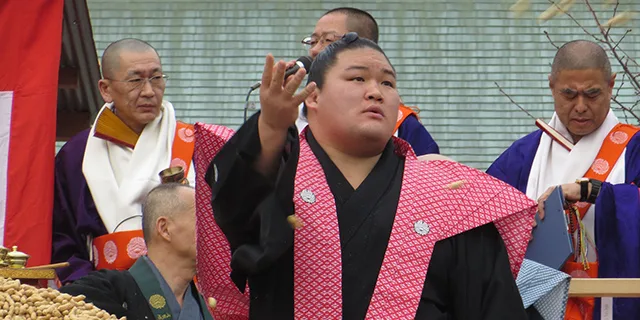
As many Lunar new year celebrations around the world, Setsubun signifies the new start and according to the tradition, it is an opportunity to get rid of evil spirits that are responsible for sickness and prevent good fortune. According to a belief, it is easier for destructive spirits to arise during the changing between seasons, thus, people of Japan perform old rituals targeting to chase away evil spirits and invite good fortune before the first day of spring called Risshun.
Even if Setsubun is not an official public holiday in Japan, it is one of the favorite festivals with a long tradition, and it is widely celebrated across the country. It includes funny and bizarre customs which are especially favorable for children (and not only). Those rituals are followed by families at home as well as by local communities. Public Setsubun ceremonies are organized by temples and shrines and famous TV personalities and athletes take part in the events.
Symbolization of Setsubun
Setsubun and the customs that are observed during the festival have a history of centuries. It is an identical part of the Japanese culture and incorporates religious, superstitious and spiritual aspects. A closer look at the roots and the origins of the celebration helps to construct a clear picture of the religious context as well as the cultural significance of this extraordinary Japanese festival.
Historical context
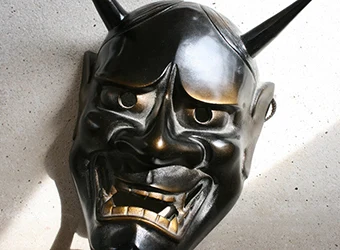
Before the adoption of the Gregorian calendar during the Meiji period (1868-1912) Japan was following the lunar calendar. So until 1873, the followed annual rituals were highly related to traditions influenced from Chinese customs.
According to peoples’ beliefs both in Japan and China, bad luck and misfortune can be caused by demons. During New Year’s Eve, Chinese people were used to purifying their homes from evil spirits. This practice was introduced to Japan in the 8th century along with Buddhism. Thus, from the 14th century, Setsubun incorporated the demon chasing practice and started to be observed as a sort of New Year’s celebration in Japan.
Significance of the rituals
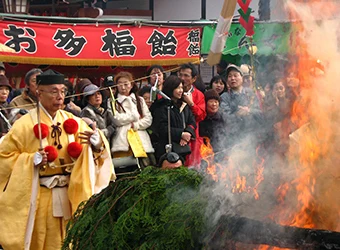
Today, even if the official celebration for the New Year follows the Gregorian calendar, Setsubun remains a widely celebrated event that follows the practices of the traditional Japanese New Year feast.
The cleansing practice against the evil spirits is the core of the festivity and this is processed with the “bean-throwing ceremony” (mamemaki). During this ritual, people throw roasted beans against the oni (demons) saying “Oni wa soto!, Fuku wa Utsi!” (Demons out!, Good fortune in). After that, each person has to eat the number of beans (plus one) corresponding to his/her age in order to be free of illnesses for the whole year.
